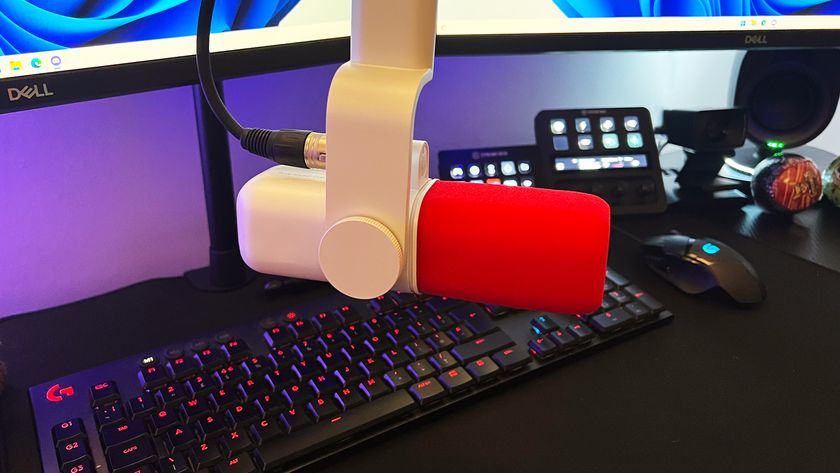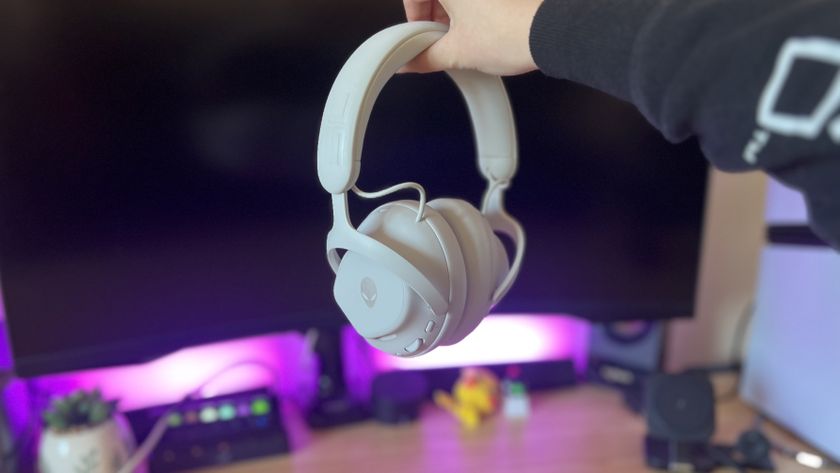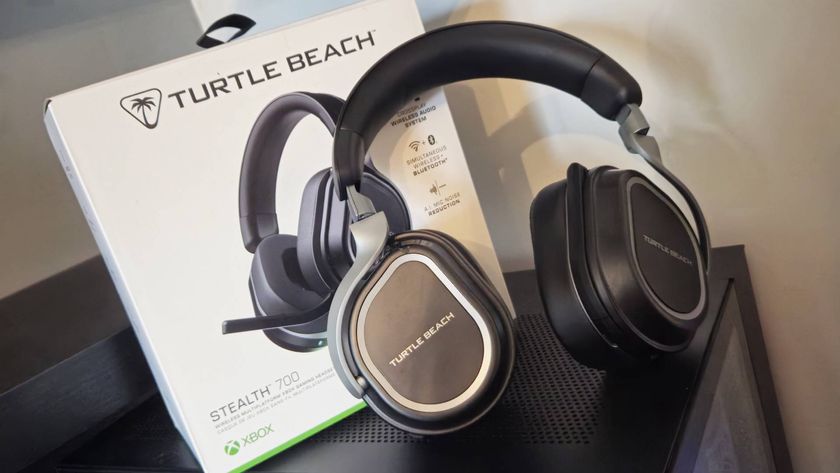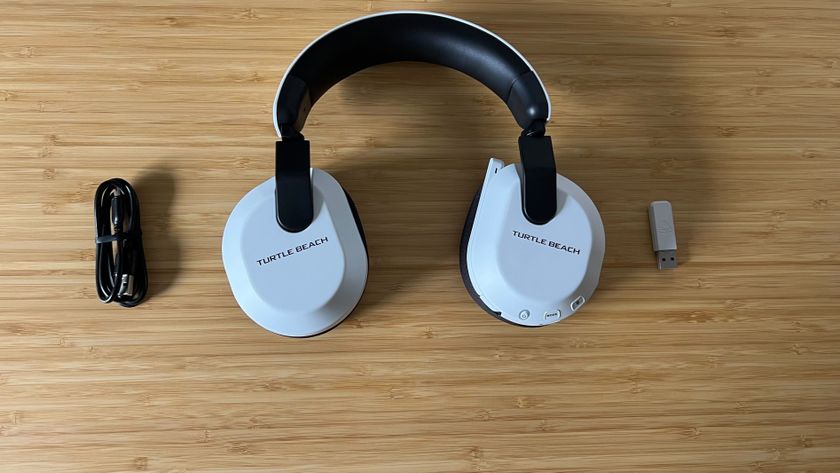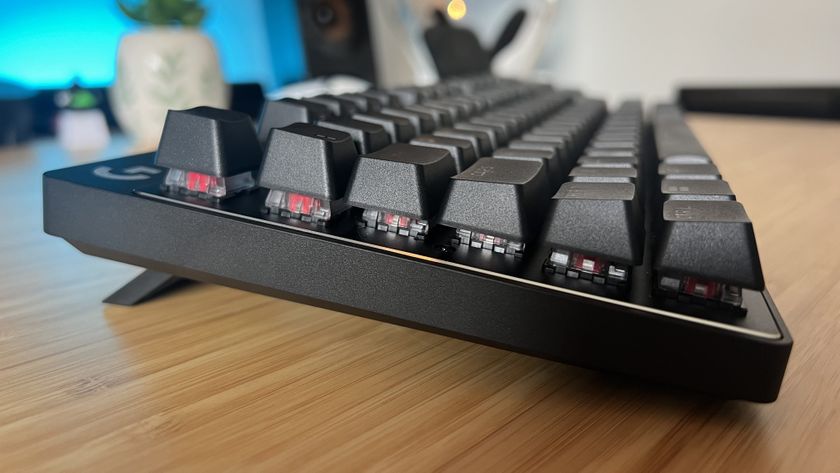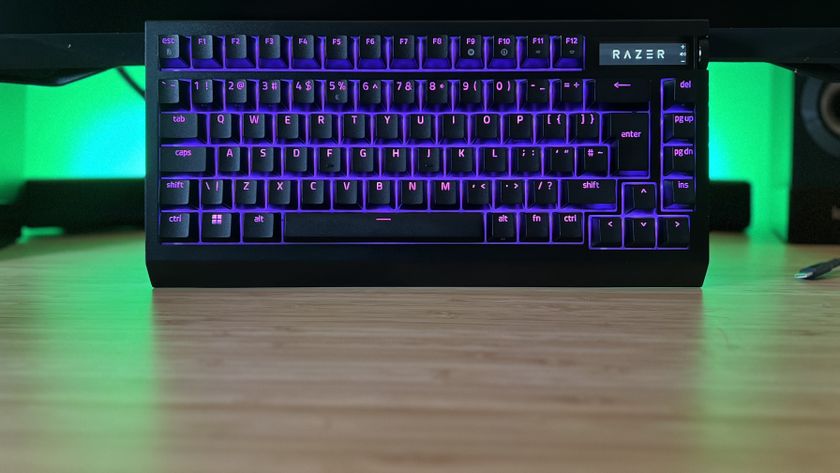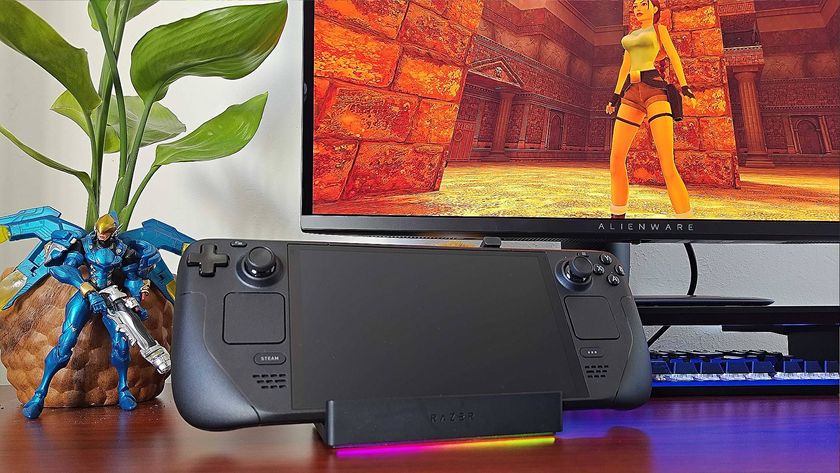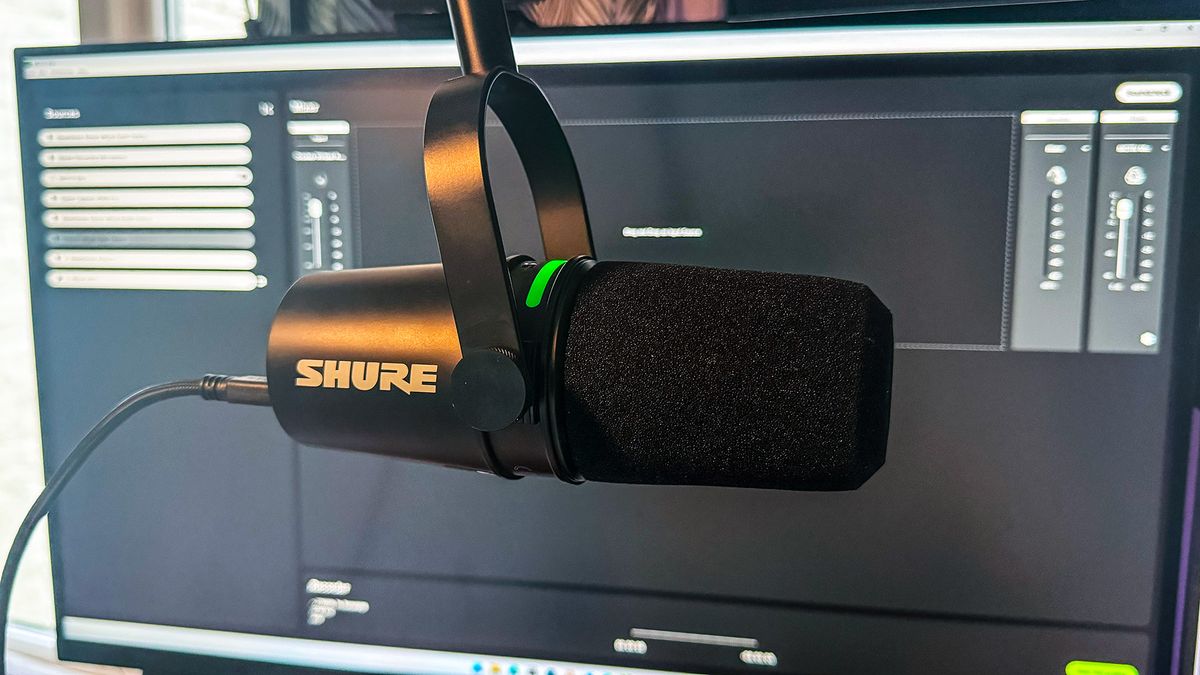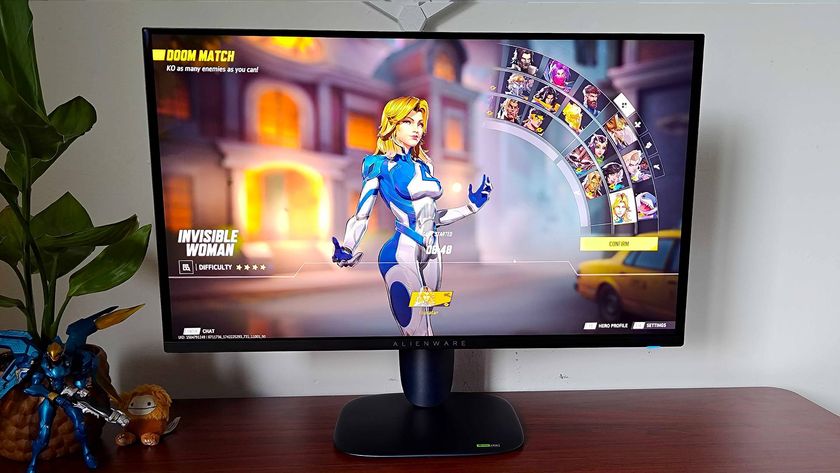12DOVE Verdict
Shure has done it again. Its updated MV7+ microphone designed as a direct competitor to Rode's PodMic USB captures some excellent audio. Its utility as a dual-connection mic is unmatched. Besides a few minor bumps along the road, this is one of the best mics on the market for any content creator.
Pros
- +
Wonderful, full sound
- +
Near instant setup
- +
Effective onboard DSP tools
- +
Dual XLR/USB connections
Cons
- -
Exposed to bumps and vibrations
- -
Some app teething issues
Why you can trust 12DOVE
The new Shure MV7+ podcast microphone looks to build on one of the company’s most successful offerings with a few tweaks and extra additions under the hood. A brand with a long-standing reputation for quality audio gear, Shure already makes some of the best audio gear around.
Just recently, we reviewed the new Shure SM7dB, which we deem the very best microphone for streaming and gaming. It’s admittedly too expensive for the majority of people though, and since it relies on an XLR connection, it won’t be the ideal choice for a large subset of content creators.
A premium option at a premium price point, this dual USB/XLR podcast microphone will set you back $299/£279 but promises next-level sound in return. There are plenty of cheaper rivals out there though, including similar dual-output podcast mics - so do you get what you pay for?
Design & Features

From the outside, the changes to the MV7+ are only subtle. Its predecessor was first released back in 2020, and sports the same slightly angled body that has become almost iconic for Shure, along with an included foam windsock at the other end. Between them, they create a microphone that offers plenty of studio vibes, worthy of our best gear for streaming list. This is a grown-up-looking mic, rather than the more gamer-focused offerings like the SteelSeries Alias Pro or Asus ROG Carnyx.
The build quality of the Shure MV7+ matches its professional look. It’s rock solid and polished in almost every area. If I had one gripe it’s that the windsock doesn’t neatly butt up to the bottom half of the base and never looks like it’s correctly attached as a result. Other premium options like the Logitech Blue Sona incorporate clever hidden magnetic latches to overcome this and I’d have liked to have seen something similar here given the price. Mounting hardware is included but you’ll need to grab a stand or mounting arm separately. I’ve been testing it with the Shure Gator mic arm that is offered as a bundle but you’ll find adapters in the box that make the MV7+ pretty universally compatible.
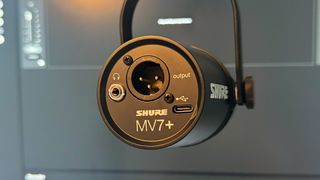
New on the MV7+ is a simplified but jazzier touch bar that arches across the top of the body. Customizable with more colors than you could ever think of, this bar acts as both a large touch-sensitive mute button and a visual indicator of audio levels - similar to the RGB on the Razer Sieren V3 Chroma. I can’t fault that it does look pretty neat and the LED effect is generally smooth and pleasantly colorful - but it’s also almost always out of sight in most mounting positions and therefore quickly forgotten. The capacitive mute button works well, almost too well actually, as I often found myself accidentally muting my microphone when grabbing the mic to adjust its position. This is likely just a muscle memory thing but it’s pretty natural to want to grab a microphone around the middle to move it so it’s something to be mindful of. If you do trigger mute mode the color bar pulses a menacing red to let you know you’re silent - if you can see it of course.
Both the XLR and USB-C outputs are grouped together on the end of the Shure MV7+ along with a very welcome 3.5mm headphone jack for real-time monitoring that doesn't appear on the Shure SM7dB, annoyingly. The layout is slightly strange and upsets my inherent need for order and alignment, but each of the ports has enough clearance around it to not trip over each other. Unlike the similar RODE PodMic USB you can output from both the XLR and USB-C ports simultaneously which is a nice touch, though be aware the onboard DSP will only be applied to the USB-C output so you could have quite different results. You’ll find a USB-C to USB-C cable in the box, but if you want to use XLR it’s BYO which feels pretty mean from Shure. For $279 I’d have liked a free XLR cable too, please.
Performance
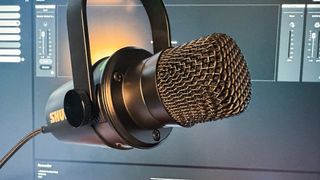
You’ll often see Shure microphones, in particular the SM7B, in some of the most popular podcasts and streams around so Shure’s own bar is set pretty high. The MV7+ is up to the challenge though because simply put, it sounds superb. Shure itself says the MV7+ is inspired by the SM7B and while the results can’t quite match that top-end powerhouse, they do a pretty great job as a substitute.
It shouldn’t really come as a surprise that a new microphone from Shure sounds great, and it doesn’t.
Almost all of the new improvements on the MV7+ only apply to the USB-C output so that’s where I focused my testing. Given this is a dynamic microphone with a pretty standard cardioid pickup pattern, it’s important you offer it plenty of attention to get the most out of it. When you do, it’s a delight. My voice sounded present, rich, and full of warmth that offered a real studio vibe. Even out of the box with no additional processing tweaks, I was impressed by how good I sounded.
Shure labels the MV7+ as a podcast microphone and it’s clear things are steered in that direction. There is real value in proximity and proper microphone etiquette here and I ended up bringing the Shure MV7+ about 10cm closer to my face than I normally would. It still sounds good at my normal distance of around 25cm but pulling it closer just seemed to add an extra layer of warmth and polish. The one problem I found was a real weakness in vibrations and bumps. There’s no shock mount on offer with the MV7+ and in less-than-ideal setups, this shows. I’m sure in a podcast studio this wouldn’t become a problem but for home setups with an animated streamer, every knock to the desk is going to reverberate right out to your viewers.
It sounds great out of the box but you’ll need to download the Shure MOTIV Mix app to make the most of your new MV7+. The app is still officially a beta at the time of reviewing and this was apparent during testing as I found a few teething issues. The app often failed to offer the DSP controls, despite recognizing the microphone, and I needed a couple of unplugs and replugs to get them to pop up. This never affected audio quality or availability so I’ll chalk it up to the beta. Shure also makes you register with a name and email address just to download the software, which feels like unnecessary data gathering that we could do without from a premium brand.
When they show up, the DSP tools available in MOTIVE Mix take the Shure MV7+ to another level and put it up there with the best USB microphones I’ve tested. Every feature simply works as intended and does so with a nice harmony. I’d recommend you go ahead and leave each of the settings turned on as I found each did their job well without having a tradeoff when it comes to vocal quality. It’s the tone slider where you’ll need to play around - the EQ adjustments here are effective at both ends of the spectrum and will be a matter of personal preference. I played around with the full array of choices and ended up sitting just below middle, towards the darker end of the scale which filled out my voice with a little added depth and punch.
Should you buy the Shure MV7+?
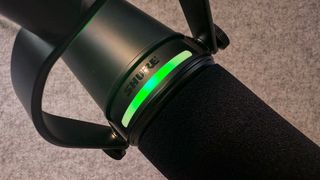
It shouldn’t really come as a surprise that a new microphone from Shure sounds great, and it doesn’t. Simply put, the MV7+ sounds great. Shure has built on the already strong MV7, added a few new tools, and come up with a microphone that is wonderful to work with. It’s almost effortlessly good as even out of the box with no in-app fiddling I was impressed with what I heard. For streamers and podcasters, this is a superb choice.
For as good as it is though, it’s equally as expensive and you are going to have to pay top dollar for the MV7+. There’s a certain degree of diminishing returns with microphones, particularly for home setups, so while this is an excellent choice - so are other options that won’t quite cost as much. If you’re looking for a more accessibly priced microphone with similar performance, try the RODE PodMic USB, but if you have the budget to play with you won’t be disappointed by going all out on the MV7+.
How we tested the Shure MV7+ Podcast Mic
I used the Shure MV7+ for streaming and some dedicated audio testing for a couple of weeks before writing up this review. Throughout that time it was attached to the Shure Gator mic arm but I also hung it from an Elgato Wave Arm to check compatibility. It was mainly tested using the USB-C output with samples taken both with and without the MOTIV Mix app installed.
For more on how we test out the latest streaming gear and gaming gadgets, have a peruse of our hardware policy.
Also check out the best capture cards, the best webcams, and the best ring lights for streaming.
Alex is a streamer who has been creating gaming content for over a decade, streaming on Twitch regularly across the last five years. With a degree in film and a background in sports media, you'll find him jumping between 60,000 seat stadiums and his Animal Crossing island (where he's growing pears, in case you were wondering).


